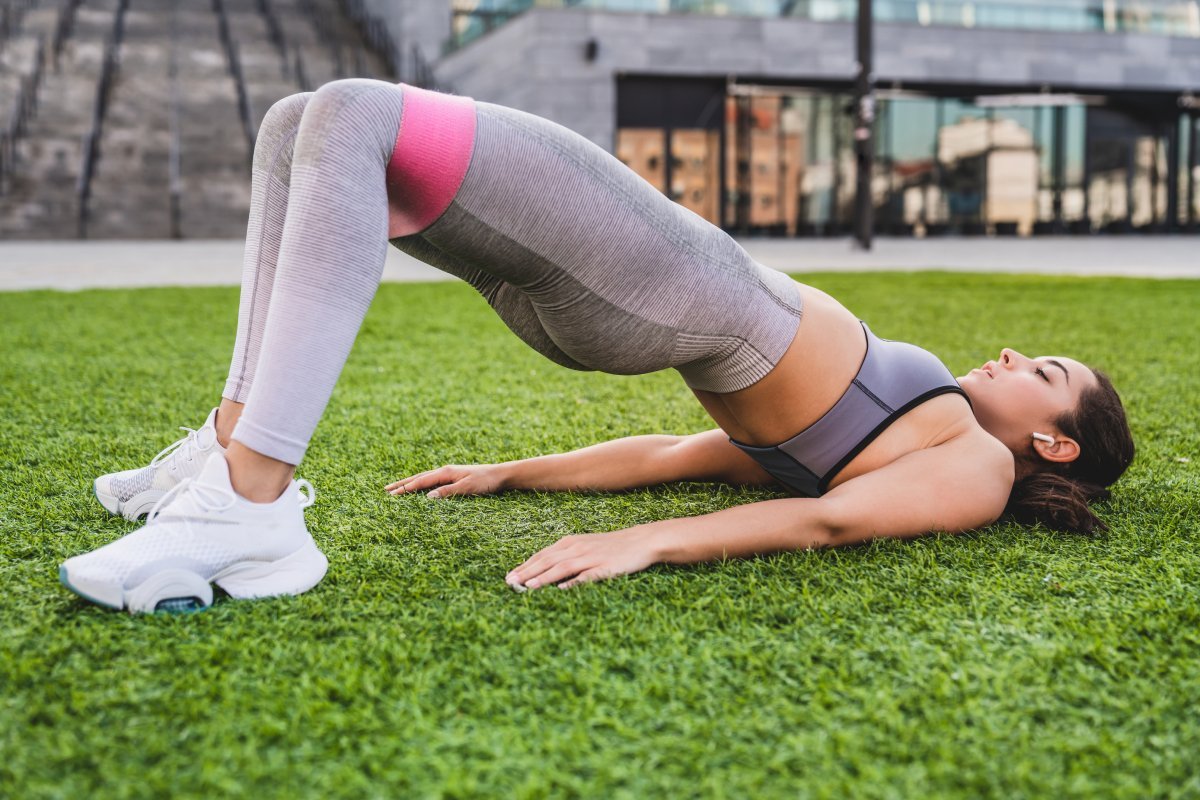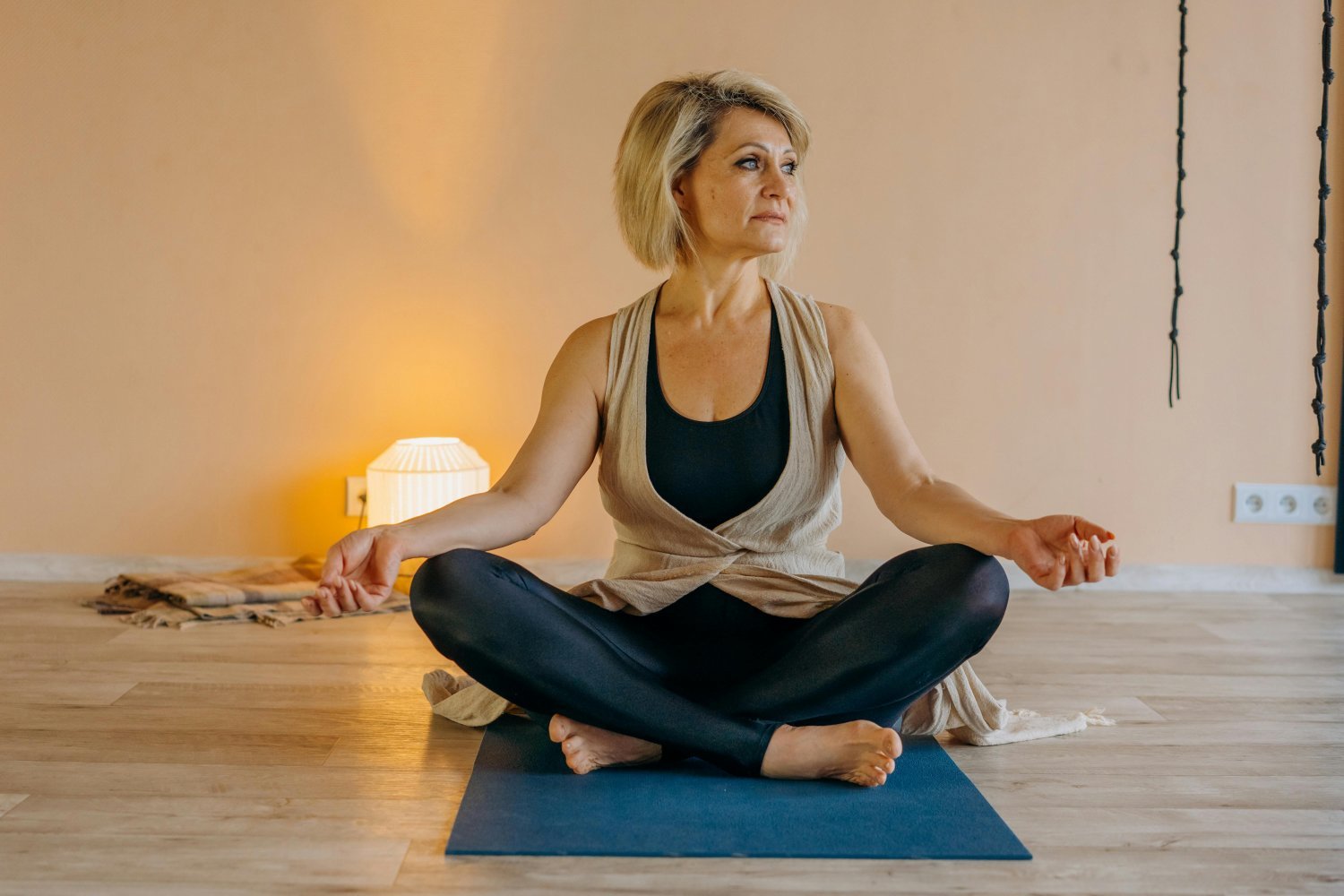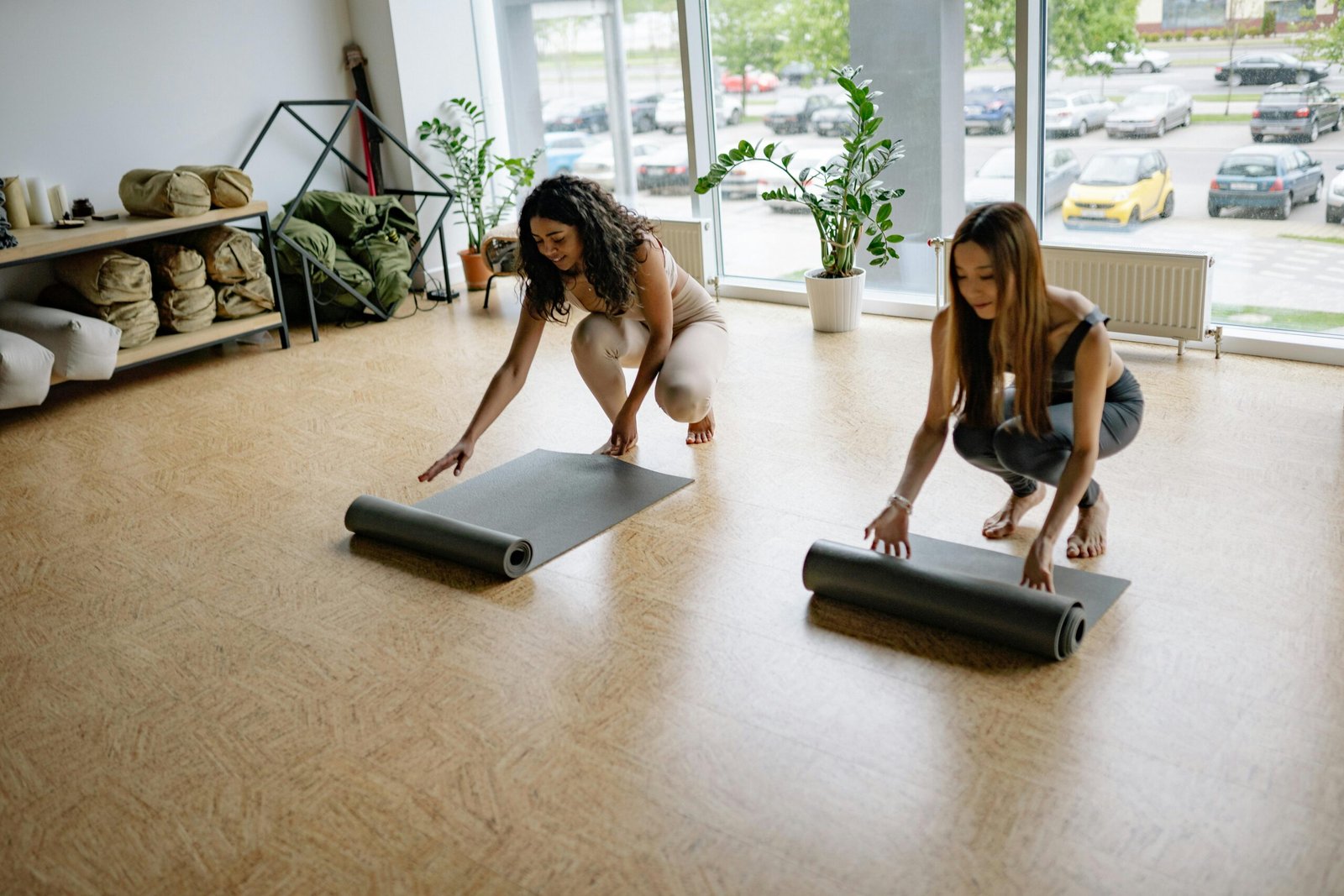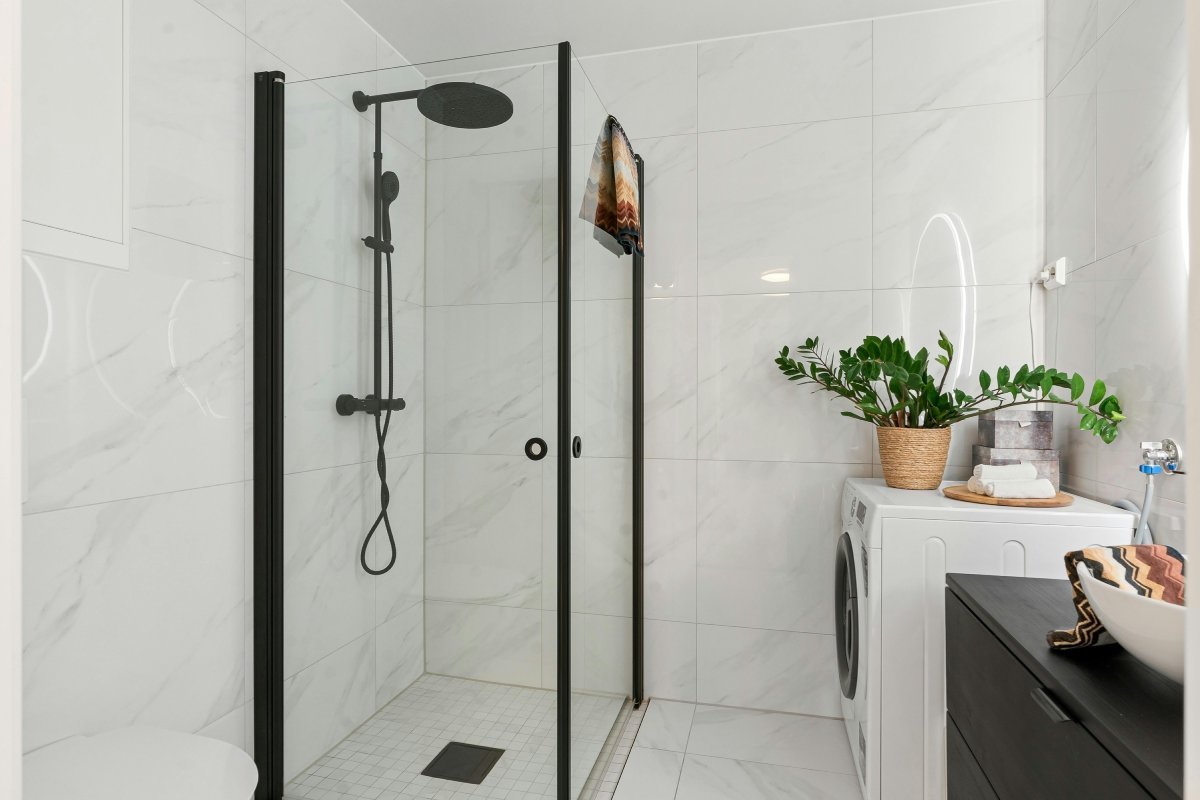For lower body workouts, many women think about squats or lunges. But there is one simple and underrated exercise that should have a permanent place in your workouts: the glute bridge.
Building a toned backside is one of the many benefits provided by this movement. Strengthening your core and improving posture are more benefits that this exercise delivers with little effort. In addition to strengthening and toning your body, the glute bridge is one of the top anti-aging exercises. It improves posture and circulation, as well as keeps the body active and young.
The glute bridge is a wonderful exercise to strengthen and tone your glutes while improving your overall health. This guide outlines the benefits of the glute bridge for women, how to perform the exercise safely, variations to keep the exercise exciting and fun, and answers to common questions regarding technique.
Understanding the Glute Bridge Exercise
Before exploring the benefits, it’s essential to understand what the glute bridge is and how it works.
The glute bridge is a bodyweight exercise that primarily targets the gluteal muscles (your buttocks), along with your core, hamstrings, and lower back.
Here’s how it works:
- You lie on your back with knees bent and feet flat on the floor.
- By tightening your core and glutes, you lift your hips upward, forming a straight line from shoulders to knees.
- Then, you slowly lower your hips back down to the floor.
Despite its simplicity, this movement activates multiple muscle groups simultaneously, making it a functional and efficient exercise for busy women.
The Major Glute Bridge Benefits for Women
Let’s explore why fitness trainers and physiotherapists recommend glute bridges so often—especially for women over 25 who want strength, tone, and posture improvements.

1. Strengthens and Shapes the Glutes
Your glutes (gluteus maximus, medius, and minimus) are among the largest and most powerful muscles in your body. They play a key role in walking, climbing, and maintaining posture.
Performing glute bridges regularly helps tighten, tone, and lift the muscles in your hips and buttocks. Unlike squats, glute bridges isolate the glutes more effectively, ensuring better muscle engagement without straining the knees.
Pro Tip: Squeeze your glutes at the top of each rep and hold for 2–3 seconds to maximise muscle activation.
Transition: But the benefits don’t stop at aesthetics — they go much deeper.
2. Improves Core Strength and Stability
Your core isn’t just your abs—it includes your lower back, hips, and pelvis. The glute bridge strengthens these areas, helping you build core stability and balance.
A stronger core improves performance in daily activities such as lifting, sitting, and even walking. Moreover, it protects your spine and prevents common issues like lower back pain.
3. Reduces Lower Back Pain
Many women experience lower back pain due to long hours of sitting or poor posture. The glute bridge counteracts this by activating muscles that often become weak or inactive.
By strengthening your posterior chain (the muscles along your back and hips), glute bridges relieve pressure from your spine, reduce stiffness, and promote better posture.
Transitioning from inactivity to strength training can feel challenging, but this exercise provides a gentle, pain-free way to start.
4. Enhances Posture and Alignment
Poor posture can make you look tired, tense, and even older than you are. Strengthening your glutes and core through regular glute bridges supports your pelvis and spine alignment, naturally improving posture.
As a result, you’ll stand taller, move better, and feel more confident — not just during workouts but in everyday life.
5. Boosts Athletic Performance
Even if you’re not a professional athlete, you use your glutes for almost every movement — from walking and running to climbing stairs.
When your glutes are strong, you perform better in sports, yoga, and daily activities. You’ll notice greater stability when jogging, improved balance during yoga poses, and even more power in your stride.
Consistency Tip: Adding just 10 minutes of glute bridge variations 3–4 times per week can dramatically improve your strength and performance.
6. Activates and Protects the Hip Muscles
Women are often more prone to hip tightness or weakness due to sitting jobs or hormonal changes. Glute bridges activate the muscles surrounding your hips, helping to open the hip flexors and reduce tightness.
This not only enhances flexibility but also lowers the risk of injuries, especially if you’re active in fitness or sports.
7. Aids in Weight Management and Fat Loss
Although the glute bridge isn’t a high-calorie-burning move on its own, it helps build muscle mass, which increases your resting metabolic rate.
That means your body burns more calories even while resting. When combined with cardio or full-body workouts, glute bridges can support weight management and toning goals.
Transition: And the best part? You don’t need any equipment or gym membership to enjoy these benefits.
8. Perfect for Home Workouts
Glute bridges are one of the most accessible exercises — you can do them anywhere: your living room, bedroom, or office.
You only need a yoga mat and a few minutes of your time. Whether you’re a beginner or advanced exerciser, this move fits seamlessly into your schedule.
9. Safe and Gentle on Joints
Unlike high-impact exercises, glute bridges are low-impact, making them ideal for women with knee or hip discomfort.
Because the movement doesn’t involve jumping or running, it provides an effective strength workout without stressing your joints.
10. Boosts Blood Circulation and Energy
Spending long hours sitting can lead to poor blood flow and stiffness. Performing glute bridges helps activate circulation, sending oxygen-rich blood to your lower body muscles.
This not only improves muscle recovery but also boosts your energy and reduces fatigue — perfect for women juggling work, home, and personal life.
How to Do the Glute Bridge Properly
Proper form is key to getting the best results from this exercise.
Step-by-Step Guide:
- Lie down flat on a yoga mat with knees bent and feet hip-width apart.
- Place your arms at your sides, palms facing down.
- Engage your core and squeeze your glutes.
- Slowly lift your hips upward until your body forms a straight line from shoulders to knees.
- Hold the top position for 2–3 seconds.
- Slowly lower your hips back down to the mat.
- Repeat for 10–15 reps for 2–3 sets.
Tip: Don’t arch your lower back. The power should come from your hips and glutes, not your spine.
Glute Bridge Variations for Every Fitness Level
To keep your workouts engaging, try these effective glute bridge variations:
1. Single-Leg Glute Bridge
Lift one leg while performing the bridge. This challenges your balance and strengthens each side individually.
2. Banded Glute Bridge
Place a resistance band around your thighs for added tension. It boosts glute activation and muscle growth.
3. Elevated Glute Bridge
Rest your feet on a step or bench. This increases the range of motion, giving your glutes a deeper stretch.
4. Weighted Glute Bridge
Add a dumbbell or barbell to your hips for resistance training. Start light and gradually increase weight as you progress.
5. Marching Glute Bridge
While holding the bridge position, alternate lifting your knees towards your chest. It’s great for core and stability.
Transitioning between these variations keeps your routine fresh and your muscles continually challenged.
How Often Should Women Do Glute Bridges?
For most women, performing glute bridges 3–4 times per week is ideal. You can include them in your warm-up, as a standalone exercise, or at the end of your workout.
Even 5–10 minutes daily can yield visible results in tone, strength, and stability over time.
Lifestyle Benefits Beyond Fitness
Glute bridges don’t just shape your body—they improve overall wellbeing:
- Better sleep due to reduced back tension.
- More confidence from improved posture and body tone.
- Reduced fatigue because of stronger muscles supporting daily movement.
- Enhanced circulation is especially beneficial if you work at a desk all day.
In other words, this single move contributes to both physical and mental health, promoting balance and vitality. For more expert guidance on safe and effective exercise routines, you can visit the NHS Live Well – Exercise page for trusted health and fitness advice.
Common Mistakes to Avoid
Even though glute bridges are simple, a few common errors can limit your results:
- Not squeezing the glutes fully at the top.
- Arching the lower back instead of lifting with the hips.
- Feet placed too far or too close to your body.
- Using momentum instead of controlled motion.
- Holding your breath — always breathe naturally.
By focusing on form and control, you’ll see faster progress and avoid discomfort.
Combine Glute Bridges with Other Workouts
For a balanced lower-body routine, pair glute bridges with:
- Squats
- Lunges
- Step-ups
- Deadlifts
- Hip thrusts
These combinations target different muscle fibers and ensure comprehensive toning and strength.
FAQs: Glute Bridge Benefits for Women
1. Can I do glute bridges every day?
Yes! Since glute bridges are low-impact, you can safely do them daily. Just listen to your body and rest if you feel sore.
2. Do glute bridges make your hips wider?
Not necessarily. They tone and strengthen your glute muscles, giving your hips a more sculpted and lifted look rather than widening them.
3. How long does it take to see results?
With consistent training (3–4 times weekly), visible results can appear in 4–6 weeks.
4. Can beginners do glute bridges?
Absolutely! It’s one of the best beginner-friendly exercises. Start with bodyweight only before adding resistance.
5. Do glute bridges help with cellulite?
Yes. Strengthening and tightening your glutes improves circulation and reduces the appearance of cellulite over time.
6. Should I do glute bridges before or after my workout?
Either works! Doing them first can activate your glutes; doing them last can help with endurance and burnout.
Small Effort, Big Transformation
The glute bridge proves that sometimes, the simplest movements bring the most powerful results. Whether your goal is a firmer butt, better posture, or less back pain, this exercise offers incredible rewards for minimal time investment.
Consistency is key—add it to your morning routine, your home workouts, or your cool-downs, and you’ll quickly notice a difference in strength, shape, and confidence.














Leave a Reply